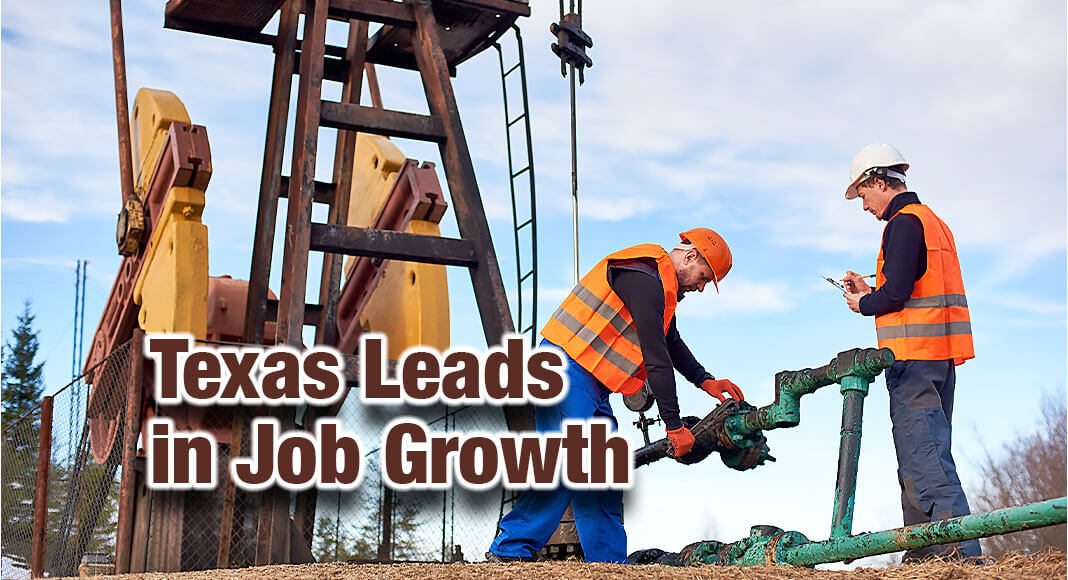
Texas Border Business
Our latest projections indicate that both large and small Texas metropolitan areas are on track to experience notable employment growth over a long-term forecast horizon. While temporary fluctuations are inevitable, the population centers of the state are well-positioned for expansion over an extensive period.
All metropolitan areas are forecast to see employment growth from 2021 to 2050, with several outpacing the statewide rate of 1.50% per year over the period. The greater Houston and Dallas-Plano-Irving areas are expected to account for nearly half of the total employment gain. Almost eight of every 10 new jobs in Texas are projected to be added in the seven largest population centers over the next 30 years, as an ongoing pattern of concentration persists (especially in suburban segments).
The largest metropolitan statistical areas (MSA) are Houston-The Woodlands-Sugar Land (with total employment of 3.11 million), followed by the Dallas-Plano-Irving Metropolitan Division (MD) with 2.78 million, the Austin-Round Rock-Georgetown MSA (1.14 million), the San Antonio-New Braunfels MSA (1.13 million), the Fort Worth-Arlington-Grapevine MD (1.07 million), the El Paso MSA (352,000), and the McAllen-Edinburg-Mission MSA (277,000).
Among the biggest population centers, Dallas-Plano-Irving is expected to expand at the fastest pace, followed by Austin-Round Rock-Georgetown and McAllen-Edinburg-Mission. Several smaller metro areas with economies more focused on energy and technology-related manufacturing industries (Odessa, Midland, Tyler, and Sherman-Denison) are also likely to outpace Texas’ overall performance.
The resilient Houston-The Woodlands-Sugar Land MSA economy is expected to see economic expansion which aligns closely with the state’s overall rate. The Fort Worth-Arlington-Grapevine area is on track for steady expansion over the period through 2050, and El Paso is likely to see modest, yet positive growth. San Antonio-New Braunfels is expected to expand in line with other large metro areas, all of which are well above national norms.
Smaller metropolitan areas in the state are also projected to be important contributors to overall employment growth. As noted, the most rapidly expanding MSAs in this category at present are those dominated by energy activity or dynamic production sectors (such as semiconductors or biosciences). Employment expansion in the remaining MSAs is expected to range from 1.24% per year to 1.49% per annum. In descending order of anticipated growth rates, these urban areas include Brownsville-Harlingen, Abilene, Waco, Longview, Laredo, Texarkana, Corpus Christi, Lubbock, Beaumont-Port Arthur, Amarillo, San Angelo, College Station-Bryan, Wichita Falls, Victoria, and Killeen-Temple. Although the pace varies, all parts of Texas are likely to experience sustainable economic gains.
Texas and its diverse metropolitan areas are well-positioned for long-term economic prosperity despite recent challenges. While the largest population centers will remain the primary sources of employment and activity, smaller MSAs are also expected to enjoy notable expansion in the decades to come. Happy Holidays!
_____________________________________
Dr. M. Ray Perryman is President and Chief Executive Officer of The Perryman Group (www.perrymangroup.com), which has served the needs of over 3,000 clients over the past four decades.















